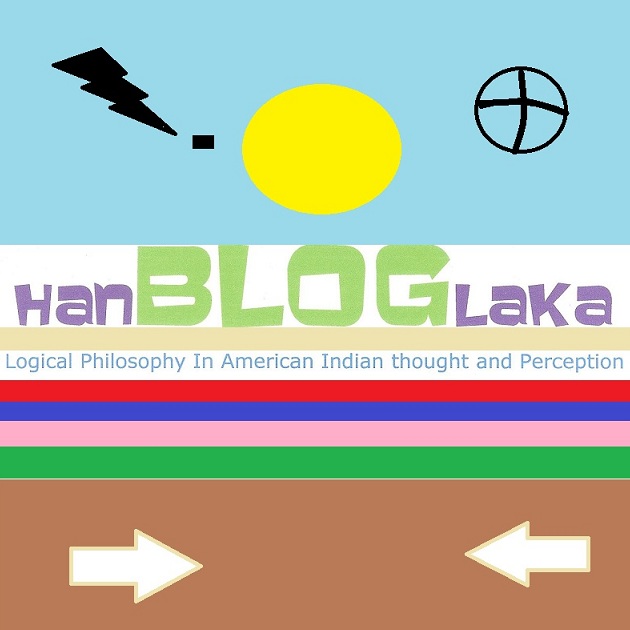 |
|
Harold R. (Hal)
Foster’s Prince Valiant
© Respective
copyright/trademark holders.
|
In the case when the smallest proposition enclosed in
dots or other brackets contains two or more descriptions, we shall assume, in
the absence of any indication to the contrary, that one which typographically occurs
earlier has a larger scope than one which typographically occurs later. Thus
(⍳x)(φx) = (⍳x)(yx)
will mean (∃c) : φx . ≡x . x = c
: [(⍳x)(yx)] . c = (⍳x)(yx),
while (⍳x)(yx) = (⍳x)(φx)
will mean (∃d) : yx .
≡x . x = d : [(⍳x)(φx)] . (⍳x)(φx) = d.
These two propositions are easily shown to be
equivalent.
(2) Classes. The symbols for classes, like
those for descriptions, are, in our system, incomplete symbols: their uses are defined, but they themselves
are not assumed to mean anything at all. That is to say, the uses of such
symbols are so defined that, when the definiens
is substituted for the definiendum,
there no longer remains any symbol which could be supposed to represent a class. Thus classes, so far as we
introduce them, are merely symbolic or linguistic conveniences, not genuine
objects as their members are if they are individuals.
It is an old
dispute whether formal logic should concern itself mainly with intensions or
with extensions. In general, logicians whose training was mainly philosophical
have decided for intensions, while those whose training was mainly mathematical
have decided for extensions. The facts seem to be that, while mathematical
logic requires extensions, philosophical logic refuses to supply anything
except intensions. Our theory of classes recognizes and reconciles these two
apparently opposite facts, by showing that an extension (which is the same as a
class) is an incomplete symbol, whose use always acquires its meaning through a
reference to intension.
In the case of descriptions, it was possible to prove
that they are incomplete symbols. In the case of classes, we do not know of any
equally definite proof, though arguments of more or less cogency can be
elicited from the ancient problem of the One and the Many*1. It is not
necessary for our purposes, however, to assert dogmatically that there are no
such things as classes. It is only necessary for us to show that the incomplete
symbols which we introduce as representatives of classes yield all the
propositions for the sake of which classes might be thought essential. When
this has been shown, the mere principle of economy of primitive ideas leads to
the non-introduction of classes except as incomplete symbols.
To explain the theory of classes, it is necessary first
to explain the distinction between extensional
and intensional functions. This is
seen in effect 'by the following definitions:
The truth-value
of a proposition is truth if it is true, and falsehood if it is false. (This
expression is due to Frege.)
Two propositions are said to be equivalent when they have the same truth-value, i.e. when they are both true or both
false.
Two propositional functions are said to be formally equivalent when they are
equivalent with every possible argument, i.e.
when any argument which satisfies the one satisfies the other, and vice versa.
Thus "x^ is a man" is
formally equivalent to " x^ is a featherless biped"; "x^ is an even prime" is formally
equivalent to "x^ is identical
with 2."
A function of a function is called extensional when its truth-value with any argument is the same as
with any formally equivalent argument. That is to say, ƒ(φz^) is an extensional
function of φz^
if, provided yz^
is formally equivalent to φz^,
ƒ(φz^) is equivalent to
ƒ(yz^).
Here the apparent variables φ and y
are necessarily of the type from which arguments can significantly be supplied
to ƒ. We find no need to use as apparent variables any functions of
non-predicative types; accordingly in the sequel all extensional functions
considered are in fact functions of predicative functions*2.
*1 Briefly,
these arguments reduce to the following: If there is such an object as a class,
it must be in some sense one object. Yet it is only of classes that many can be
predicated. Hence, if we admit classes as objects, we must suppose that the
same object can be both one and many, which seems impossible.
*2 Cf
post 34.
 |
|
Story and Art: John Stanley and Irving
Tripp Little Lulu © Respective
copyright/trademark holders.
|
 |
|
Script: Hannigan Artwork: Perlin & Marcos
The Inc. Hulk and HellcatÔ & © Respective copyright/trademark holders.
|
 |
|
Harold R. (Hal)
Foster’s Prince Valiant
© Respective
copyright/trademark holders.
|


No comments:
Post a Comment